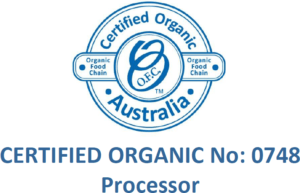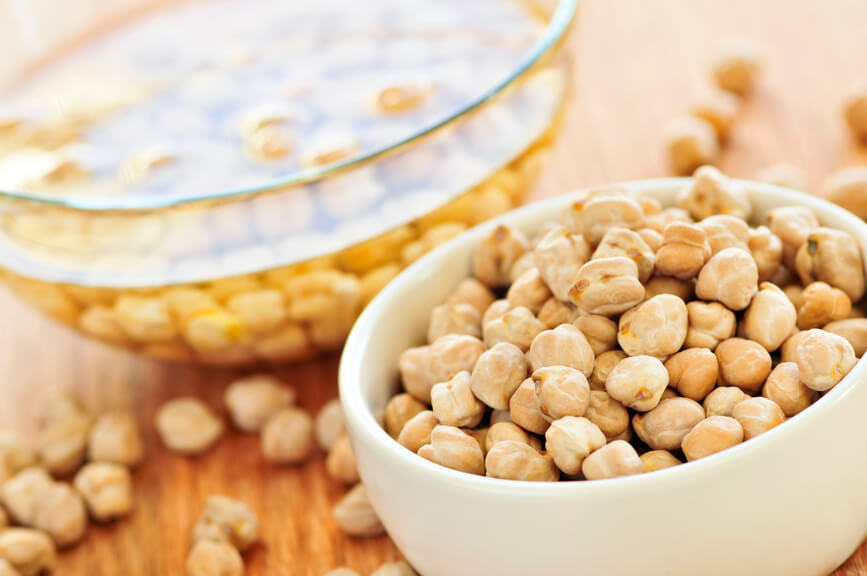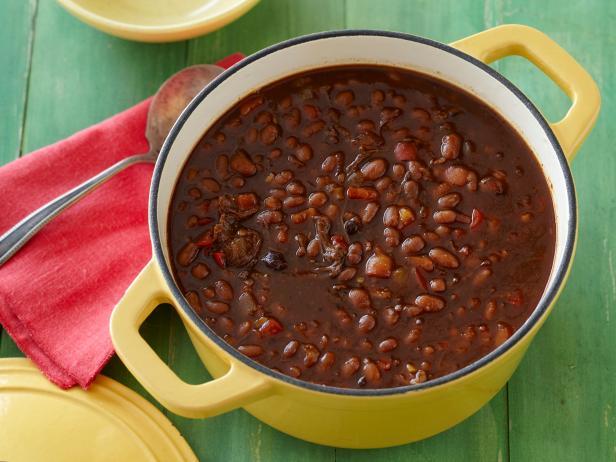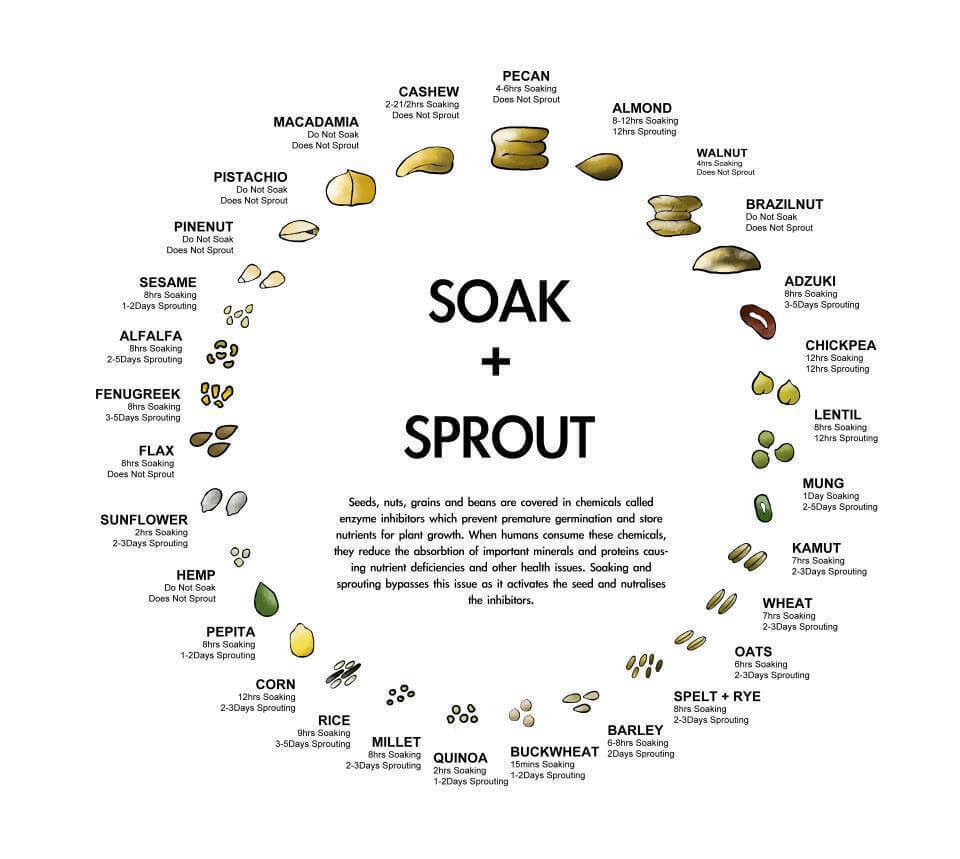Our modern culture is fixated on speed and convenience: fast-food, microwave meals, quick oats, 2 minute noodles, instant coffee and powdered soup in a box. In our desperate search for more time in the day, we’ve lost touch with traditional food preparation methods that can dramatically improve our health.
Traditional societies around the world knew that certain foods required preparation before consumption. These include grains, beans, legumes, nuts and seeds- foods that contain anti-nutrients and are difficult to digest unless properly prepared.
Grains can be stored for long periods of time without rotting and breaking down, unlike many fruits and vegetables. They have a special protection on them called phytic acid and this prevents them from being digested properly. The phytic acid needs to be broken down before our bodies can access and absorb the wonderful nutrients inside the grain.
When grains are prepared properly – soaked or sprouted- they release phytase which is an enzyme that breaks down the phytic acid, increasing the nutritional quality of the grain and allowing your body to absorb the good stuff! Some people will find that they experience stomach issues if they eat grains that aren’t properly prepared.
Soaking beans helps to remove indigestible sugars and anti-nutrients that cause the, ahem, tooting side effects of the magical fruit. Soaked beans also require less cooking time.
Nuts and seeds contain phytic acid and enzyme inhibitors as well. Enzyme inhibitors prevent seeds from sprouting prematurely, but they can also cause problems in humans by binding to nutrients in the body and contributing to nutrient deficiencies and digestive system irritation. Just because nuts and seeds are considered good sources of protein and nutrients doesn’t mean your body can easily absorb these, and the same goes for grains and legumes. Preparation is needed.
Benefits of Soaking Grains, Legumes, Nuts, Beans and Seeds:
– It’s easy.
– It breaks down the phytic acid and anti-nutrients into a more digestible form.
– It creates the enzymes needed to digest some of these foods properly so your body can absorb a higher amount of the nutrients, vitamins and minerals available.
Challenges
One of the only down-sides to preparing your food properly is that soaking takes time. You’ll need to think ahead when meal planning and make sure you’ve left enough time for the grains, beans, legumes, nuts or seeds to soak.
How to Soak
Soaking is a simple process, but there are a few things to keep in mind:
– Soaking times vary depending on the grain, bean, legume, nut or seed. We’ve included a handy chart below to help you get started.
– Sift through beans or legumes and remove any shrivelled, broken or discoloured ones before soaking. Also give them a good rinse in cold running water.
– Soak your food in water in a bowl or a jar on your countertop at room temperature, making sure the water is double the amount of the food as some of the water will be absorbed.
– If the soaking time is fairly long, you may need to change the water once or twice.
– Drain the liquid. If cooking grains, legumes or beans, cook normally but bear in mind that the cooking time will be reduced. Nuts and seeds can be eaten plain or roasted.
Optional but highly recommended:
– Add 1-2 tablespoons of apple cider vinegar to your water during the soaking time to help develop phytase, the enzyme needed to break down the phytic acid.
Ready to get started?
Come into TMP Organics this week for your grains, beans, legumes, nuts, seeds and apple cider vinegar! Some of our grains, nuts and lentils can also be bought in bulk. Want to enjoy properly prepared grains without having to soak or sprout them yourself? Try our delicious range of sprouted breads.
We look forward to seeing you soon!





